The Surprising History of Bagels and Lox
Why cream cheese is magic, and a recipe for a lush spinach-artichoke casserole
Oh, cream cheese, you unassuming delicacy, you.
For various reasons, none that I need share, the past few weeks have been wearing and full of blech. I’ve needed comfort and oddly, it wasn’t a chocolate chip cookie I gravitated towards, or a slice of cake, but cream cheese. Yes, I’ve eaten the ubiquitous cream cheese on a bagel, but also cream cheese and jelly sandwiches that race me straight back to childhood. In a swiftly passing moment of elegance, I mashed cream cheese with 2 kinds of cured salmon, dill, horseradish and lemon to make a faux salmon rillette, and somewhere along the way I nabbed myself a slice of cheesecake with a chocolate ganache topping.
If you could help the algorithm by clicking ‘like’ above, that would be a ganache topping in its own right!
I began to wonder about this marvelous, miraculous creation called cream cheese. There are few things cream cheese doesn’t make better. Even romance.
I grew up reading the All-of-a-Kind Family books, about a large Jewish family who live on New York’s Lower East Side in the early 1900s. When the eldest daughter, Ella, is asked to dinner by her beau, she frets over what to eat. She wants to appear ladylike and worries about spilling. After a nervous scan of the menu, she decides spaghetti is out of the question, and instead opts for a cream cheese and olive sandwich. A smart choice, as cream cheese is not only tasty, but acts like grout on a sandwich, holding bits of olive in place. And while Ella and Jules do end up wedded, here’s my cheap advice: Marry the person who you feel comfortable eating spaghetti in front of.
Curds and Oy Vey!
Cream cheese as the world now knows it is an American innovation and does actually qualify as a cheese. However, as you probably figured, it’s a fresh cheese, un-aged, except for the block of Philadelphia you bought around Christmas, which is hiding behind the jar of pickles in your refrigerator and whose sell-by date you should probably check.
Cream cheese is easy enough to make: Lactic acid bacteria is added to cream, or a blend of milk and cream. The PH drops, the cream coagulates and separates into curds and whey. The curds are heated, salt and stabilizers like carageenan are added and the cream cheese is ready for bagels everywhere.
Here’s a video of cream cheese being made in a German factory. If you like how-to videos as much as I do, take a look.
The English and Dutch brought recipes for something similar to cream cheese when with them to the U.S. While at the turn of the 19th century, small producers of cream cheese could be found in the Philadelphia, Pennsylvania area, it was in upstate New York that the first large-scale manufacture of cream cheese began.
William Lawrence of Chester, New York, is credited as the first person to mass produce cream cheese. In the early 1870s, Lawrence was challenged by a New York delicatessen (think elegant grocery, not pastrami palace) to come up with a new fresh cheese similar to neufchatel that could be sold to New York City’s wealthiest for whom a party without a show-stopping cheese display was considered infra dig. The addition of cream to his neufachatel recipe resulted in the supple, lush, sour and yet slightly sweet cream cheese we still eat today. It was his idea to mold the cheese into the same rectangles we see today.
Thanks to our friend the Industrial Revolution, improvements in production capabilities, rail transport and methods for keeping perishables at safe temperatures, allowed Lawrence to produce cream cheese in large quantities. His distributor, according to Rabbi Jeffrey Marx (who is considered the expert on all things cream cheese), was responsible for naming the product “Philadelphia.” By the early 20th century, Lawrence was shipping 2,000 boxes of cream cheese a day, while 10 other brands of cream cheese joined the market.
However, cream cheese was initially a bit of a luxury. As Marx discovered: “In 1889, a pound of Muenster sold for thirteen cents, Parmesan for twenty-three cents, while cream cheese cost thirty cents. In 1893, domestic cheese went for fifteen cents a pound, while cream cheese cost twenty-five cents; and in 1909, cottage cheese retailed for twenty cents a pound, while cream cheese went up to forty cents.”
Lawrence’s company was first purchased by Phenix Brands, and then, in 1928 by Kraft foods. Kraft began to market the heck out of it, and as many manufacturers did at the time, advertised the product in magazines along with recipes to help popularize the food.
.
Can we agree that the two foremost uses of cream cheese are cheesecake and as a shmear on a bagel? New York-style cheesecake, which used cream cheese in place of drier ricotta or cottage cheese, was popularized in the 1930s by Arthur Reuben at his restaurants—and yes, he is also the chap who created the Reuben sandwich. That is a man responsible for many of my happiest calories.
But it was the origin of the the iconic bagel, cream cheese and lox sandwich that surprised me. I had assumed Eastern European Jewish immigrants at the turn of the century had brought the concoction. Instead, like most good American things, the classic sandwich was the result of adaption, innovation and a little refinement.
The Jews who came to the U.S. were no strangers to cured fish on bread. Herring, chub, roach and perch (if you were wealthy) were popular in the old country, as fish could be part of a kosher dairy or meat meal, and best of all for those trying to keep Kosher in a place without many Jews, fish could be bought from a non-kosher store.
Quark or sour cream would be as close to cream cheese as you’d find in the old country, but the more likely bread spreads would be butter or schmalz (chicken fat).
The bagel, and it’s lighter, more onion-y cousin the bialy, was indeed brought to America by Polish Jews, with the first known bakery established on the Lower East Side in 1895 and early bagel bakers unions set up in 1907.
But according to our cream cheese historian (and I hope to have him on the podcast at some point) Rabbi Marx, the bagel, cream cheese and lox revelation is without an obvious origin story. There are theories. Among others, Al Jolson came up with a song and a sandwich for his radio show that was sponsored by Kraft. Others think it was a kosher answer to eggs benedict, but none of them stand up to real inquiry. The most likely reason, according to Marx: In the 1920s, both lox and cream cheese became more widespread and affordable. Maybe second-generation Jews wanted to show off their New World success. Mamaleh could only afford pickled herring, but, me, I can afford smoked salmon!
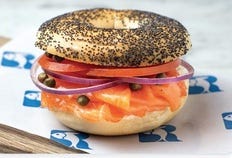
The Truth Un-Loxed
Although we may ask at the deli counter for bagels and lox, what most of us are served is not actually lox. Real lox is wholly salt cured and from the belly of the fish. Proper lox is a more oceanic assault on the senses. The stuff piled on top of the bagel and cream cheese is most likely to be “nova,” which is farmed salmon that is brined, then lightly smoked over fruitwood. Lox needs the balance of sweet, tangy cream cheese. A buttery, lightly smoked piece of Scottish salmon at room temperature, needs nothing more than to be placed directly on the tongue like a quality piece of sashimi.
Cream cheese became a mainstream ingredient that could be found country-wide by the late 1920s. Cream cheese’s versatility in sweet and savory dishes and its ability to add creaminess, moisture and tang all at once, have made it a darling of recipe developers ever since.
Kraft foods pasteurized the product and added stabilizers, such as carageenan, which made it suitable for baking and cemented its popularity with consumers by marketing itself to home bakers.
And while my original intention was to wow you with a recipe for cheesecake, I realized the best way to show off cream cheese’s versatility, was with a savory recipe.
I created a heartier, dinnertime-take on the classic spinach and artichoke dip. It’s as happy at a weeknight dinner (and can be made 24 hours in advance) as it as at a fancy buffet dinner. You can add more or different cheeses, or toss in some shredded rotisserie chicken, too.
Spinach, Artichoke and Pasta Casserole
Serves 6 generously
What You’ll Need:
2 cups (8 ounces) penne or fusilli, cooked al dente and drained
2 10-ounce bags frozen, chopped spinach, thawed and drained
1 13-ounce can artichoke hearts, drained and roughly chopped
1/3 cup (@ 1.25 ounces) grated Parmesan cheese
1 large egg
1 cup (8 fluid ounces) whole milk
3/4 cup (2.4 ounces) onion, roughly chopped
2 cloves garlic
8 ounces cream cheese
1/8 teaspoon hot pepper flakes (or more to taste)
salt and pepper to taste
about 18 Saltine or Ritz crackers, crushed
2 tablespoons butter
Grated Parmesan or Cheddar for the top of the casserole
What You’ll Do:
Heat the oven to 350 degrees F. Butter a 1 1/2-quart casserole dish, or a 9 x13” pan.
In the baking dish, stir together the cooked pasta, chopped spinach, chopped artichokes and 1/3 cup (1.25 ounces) grated Parmesan until evenly mixed.
In a blender, puree the egg, milk, onion, garlic, cream cheese, hot pepper flakes, and salt and pepper. Pour the creamy mixture over the pasta. Make sure the pasta is evenly covered by the sauce.
Melt the 2 tablespoons of butter in a small saucepan, and sauté the cracker crumbs until they absorb the butter. Sprinkle the buttery crackers over the casserole. Leave about a teaspoon’s worth in the pan for you to eat after the casserole is in the oven and no one is looking. Sprinkle grated Parmesan and/or Cheddar over the top.
Bake for about 45 minutes until the mixture is bubbling and the top has turned golden. The center of the mixture should be 180 degrees F.
Let the casserole rest for 10 to 15 minutes before serving.
Leftovers can be sliced into slabs and sautéed the next day. Or just reheated in the microwave like a normal person might.
What is your favorite way to eat cream cheese? What is your best cream cheese recipe?
Hello to all my new subscribers! I’m so happy to have you join me. You can expect weekly recipes, kitchen history, interviews with interesting people (coming soon!) and reviews of kitchen equipment. Oh yes, and commentary on politics and world news. You can also enjoy my interviews with well-known people on my podcast, The Secret Life of Cookies, where we talk about world events and bake together. This week I’m speaking with Rachel Vindman. The pod will upload Saturday AM.
This substack is a reader-supported publication. I cannot do it without you. If you’re able, paying for a subscription helps pay for the groceries necessary for recipe-testing and recipe development. Also, it supports me—a freelance writer—and ad-free journalism.
The pay scale for journalists and writers has not kept up with the cost of living. That’s why having a substack newsletter has become such a terrific venue for so many writers. Best of all, it puts me, Bosco, Calvin and Clyde in touch with our readers like never before. And: Clyde would like to add it keeps him in cat treats. He realllly likes his cat treats.
Can’t afford a subscription? Do the next best thing and give free subscriptions to all your friends. The more the merrier. And now, there’s a discount for subscriptions.






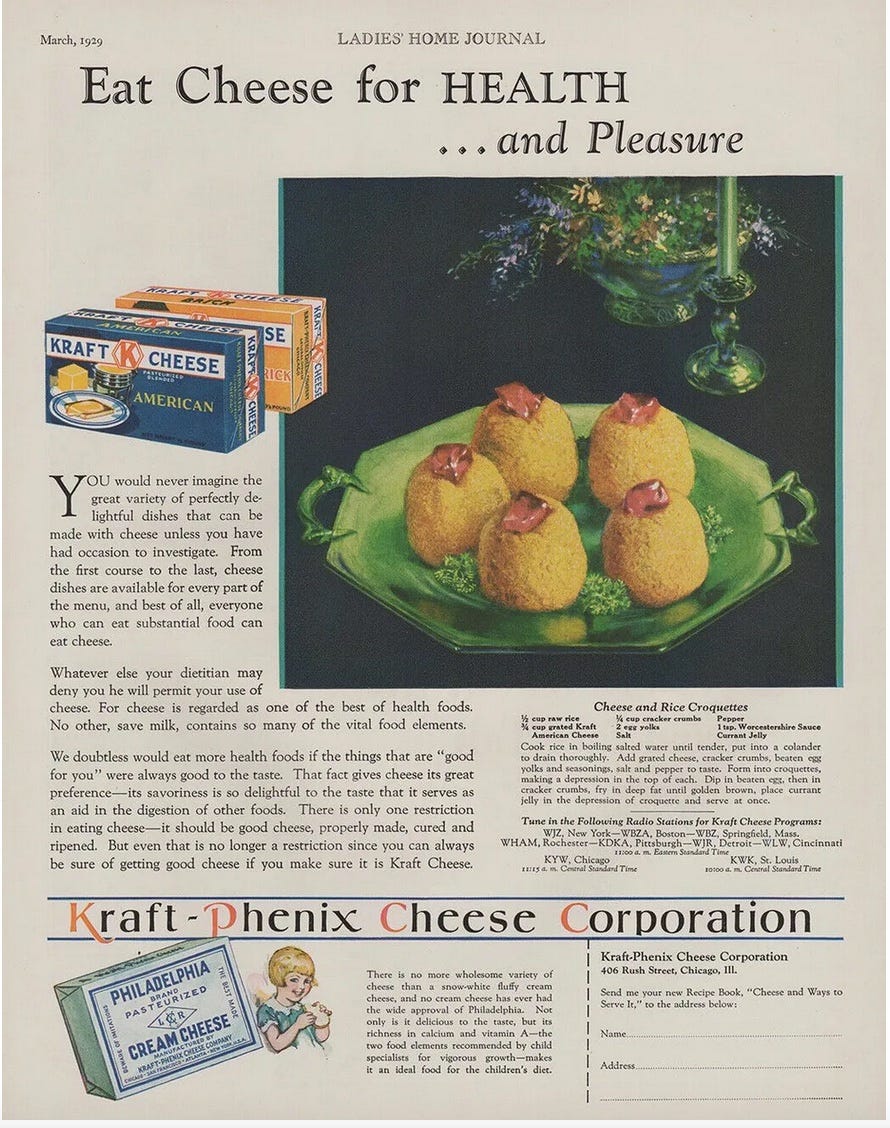
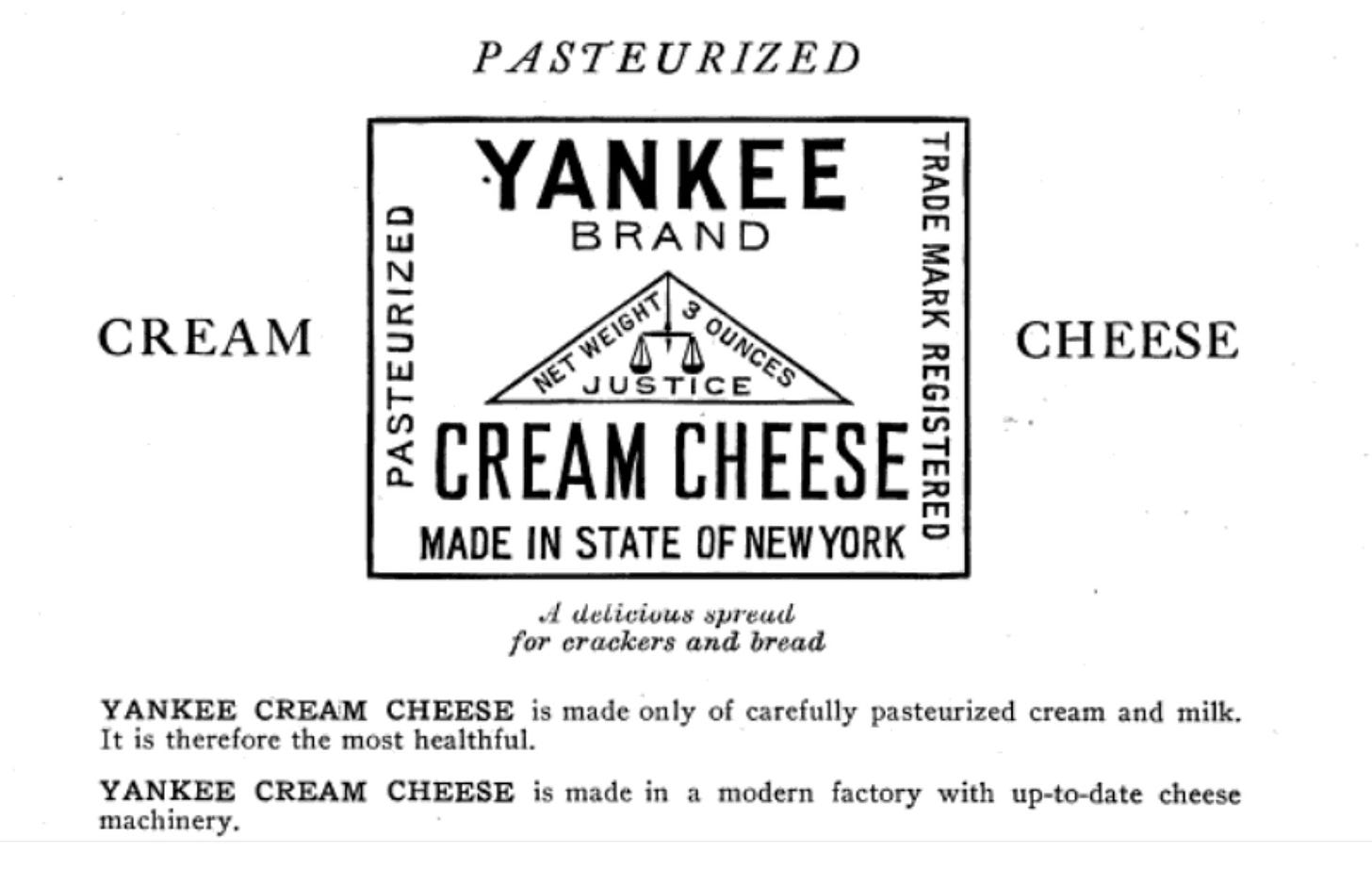
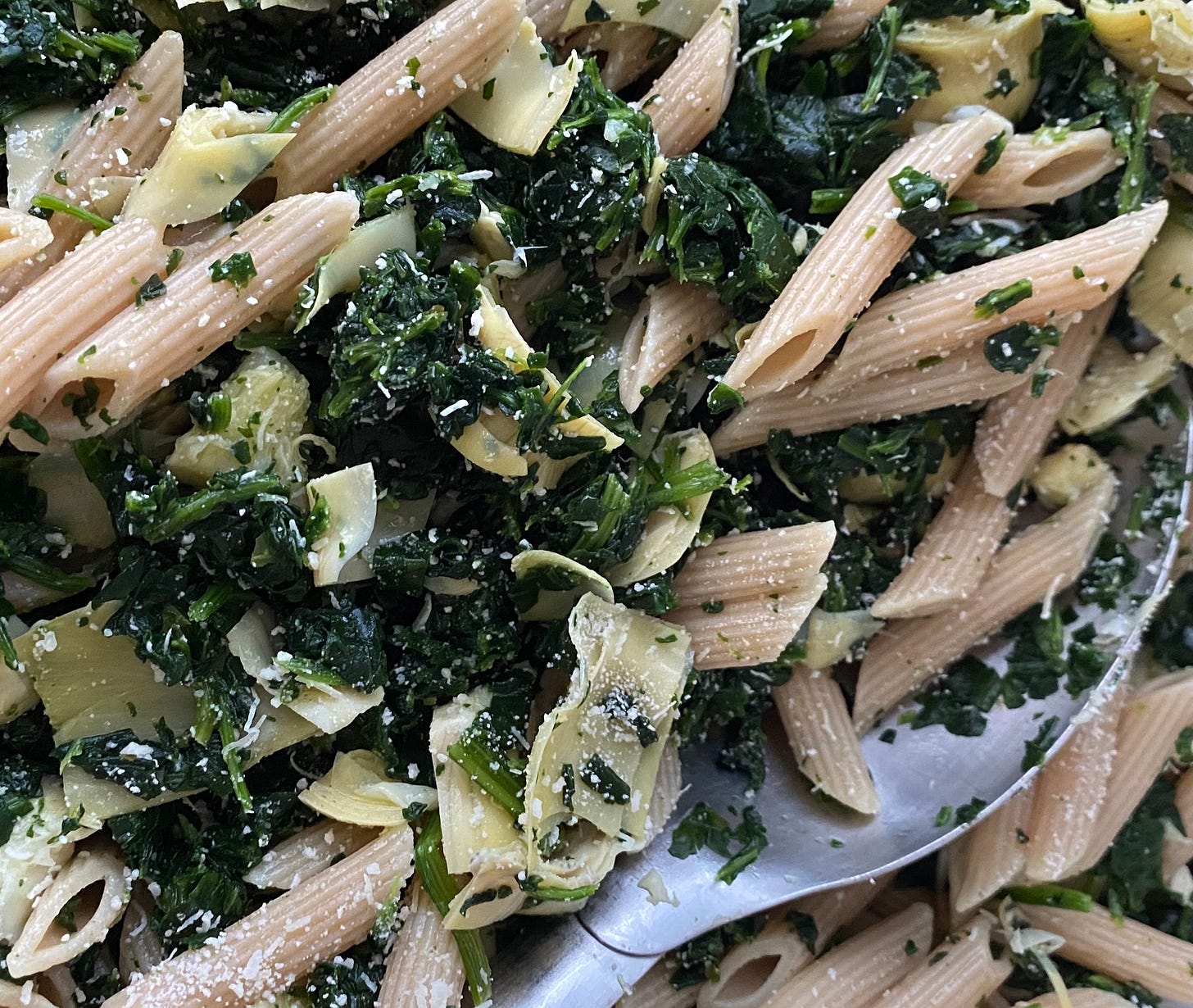
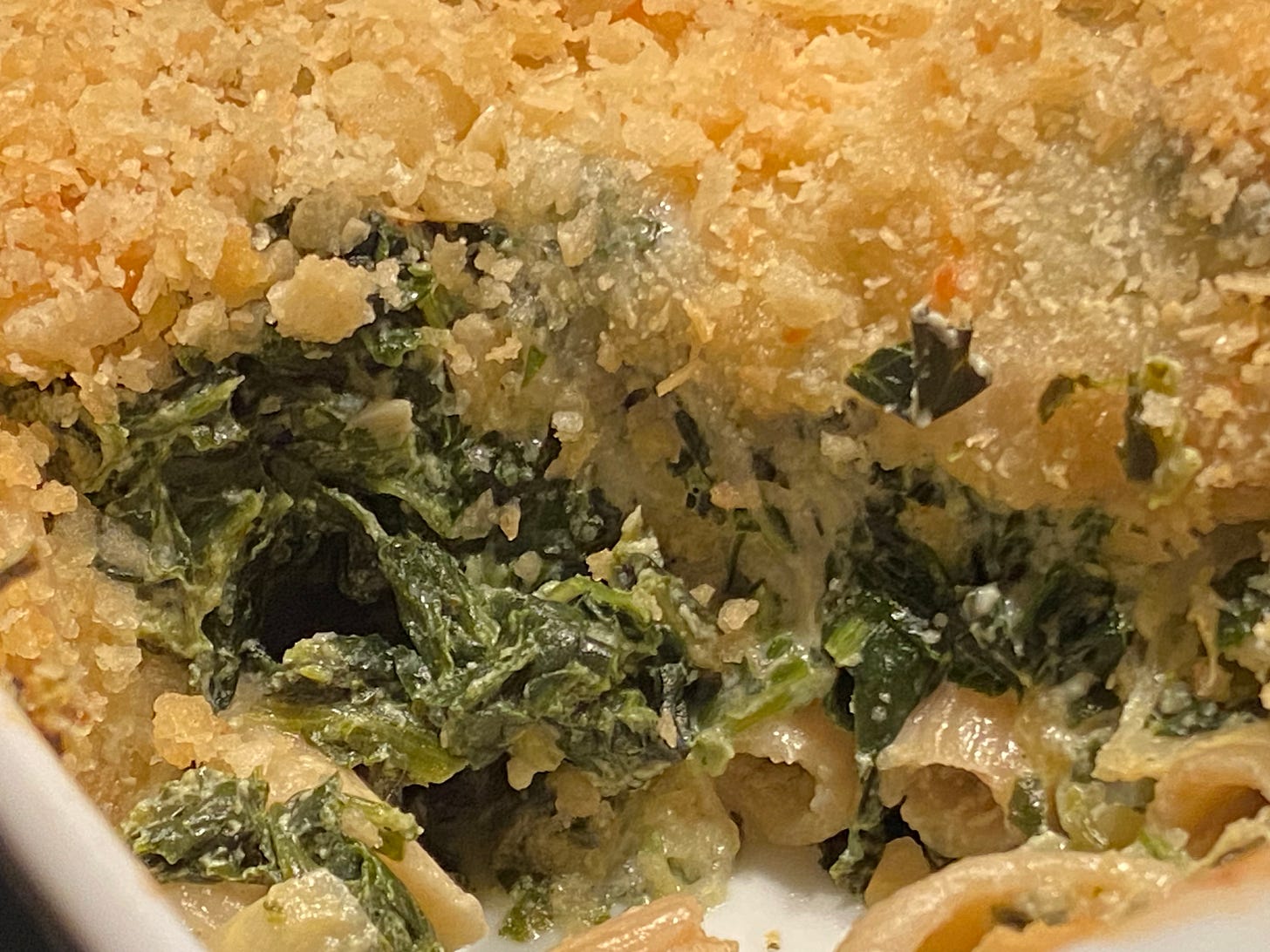
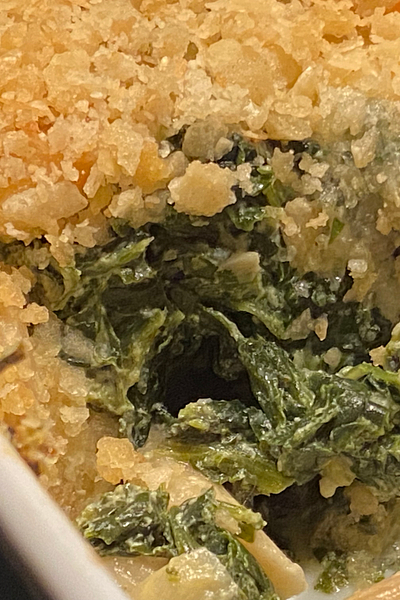

Oh yum…
I love cream and jelly sandwiches, brings me back to my childhood!!